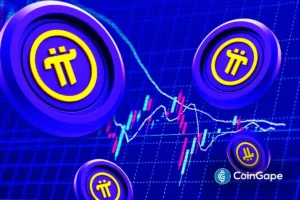Inflation is a familiar concept to many, as it refers to the decrease in the purchasing power of currency accompanied by a general increase in the prices of goods and services within an economy. However, there is a misconception that inflation is a natural phenomenon when, in fact, it is largely influenced by factors such as an increased money supply, manipulation of interest rates, and quantitative easing. These factors play a significant role in determining the overall inflation rate.
One of the main drivers of inflation is the expansion of the money supply by central banks. When there is an increase in the amount of money circulating in the economy, consumers have more money to spend, leading to higher demand for goods and services. This excess demand can result in prices going up as businesses raise their prices to match the increased spending power of consumers. Central banks often use the money supply as a tool to control inflation, but if done improperly, it can lead to hyperinflation, where prices skyrocket uncontrollably.
Another factor that contributes to inflation is the manipulation of interest rates by central banks. By lowering interest rates, central banks aim to stimulate borrowing and spending, which in turn can boost economic growth. However, lower interest rates can also lead to increased inflation as consumers are more willing to take on debt to finance their purchases. This can create a cycle where inflation continues to rise, prompting central banks to raise interest rates to combat it.
Quantitative easing is another tool used by central banks to combat economic downturns by injecting money into the financial system. While this can help stimulate economic activity and prevent deflation, it can also lead to inflation if not managed properly. The influx of money into the economy can cause prices to rise as consumers have more money to spend. This can be a concern for policymakers who must strike a balance between boosting economic growth and controlling inflation.
Inflation can have a significant impact on individuals and businesses. For consumers, inflation means that their money does not go as far as it used to, as the prices of goods and services increase. This can result in a decrease in purchasing power and a lower standard of living for many. For businesses, inflation can lead to increased costs of production, as the prices of raw materials and labor rise. This can eat into profits and make it more challenging for businesses to operate efficiently.
In conclusion, it is important to understand that inflation is not a natural phenomenon but rather a result of various economic factors. Central banks play a crucial role in managing inflation through tools such as controlling the money supply, interest rates, and quantitative easing. It is essential for policymakers to strike a balance between stimulating economic growth and controlling inflation to ensure a stable and healthy economy. Individuals and businesses must also be aware of the potential impacts of inflation on their purchasing power and costs of production. By understanding the factors that drive inflation, we can better prepare for and respond to its effects on the economy.

















